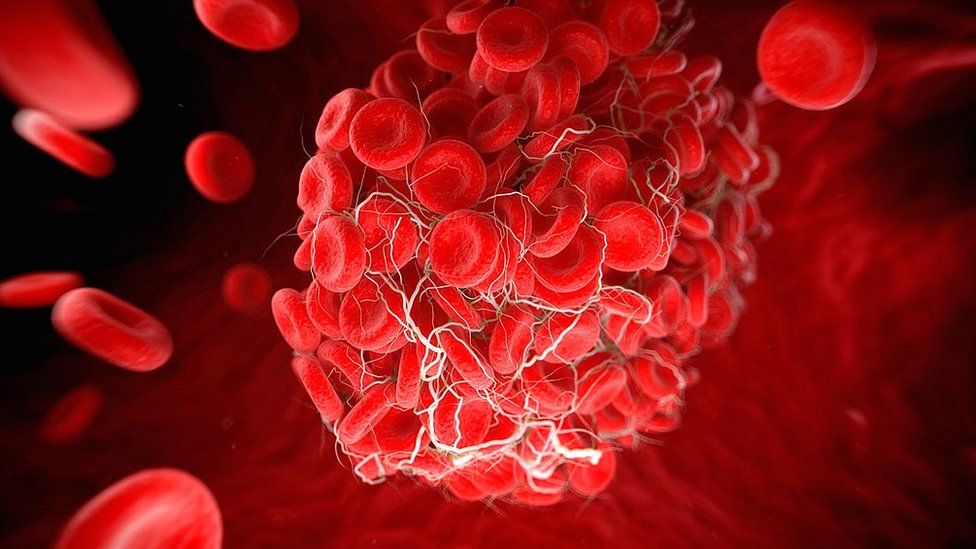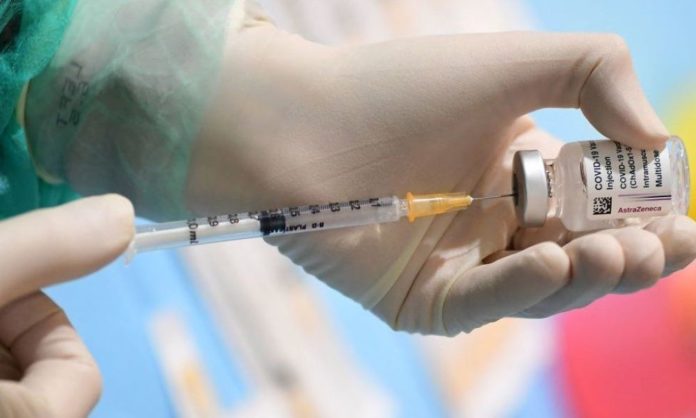Scientists in Germany have cracked the cause of the rare blood clots associated with the Oxford/AstraZeneca and Johnson & Johnson coronavirus vaccines. Rolf Marschalek, a professor at Goethe University in Frankfurt, was working on rare conditions since March.
Reason Behind Blood Clots
The blood clots associated with the vaccine are thought to be associated with the adenovirus vectors. Both J&J and AstraZeneca use the same vector to deliver genetic instructions for the spike protein of the Sars-Cov-2 virus into the body.

What Is A Vector
Viral vectors deliver the genetic material in the cells. It is a delivery mechanism in which the vaccines send the DNA gene sequences of the spike protein into the cell nucleus rather than the cellular fluid. The cellular fluid is a place where the virus typically produces proteins.
According to Marschalek’s theory, “certain parts of the protein DNA are cut apart or split once inside the cell nucleus. This can create mutant versions that cannot bind to the cell membrane where necessary immunization takes place.”
The cells release the floating mutant protein into the body. These proteins can blood clots in roughly one in 100,000 people.
However, the mRNA-based vaccines of the BioNTech/Pfizer and Moderna deliver the genetic material to the fluid, and it does not enter the nucleus.

The Scientists Statement
“When these . . . virus genes are in the nucleus, they can create some problems,” Marschalek told the Financial Times.
“Jhonson and Johnson are trying to optimize its vaccine now,” he said. “With the data we have in our hands; we can tell the companies how to mutate these sequences. As a result, we can code for the spike protein in a way that prevents unintended splice reactions.”
In response to the discovery, J&J released a statement mentioning,
“We are supporting continued research and analysis of this rare event as we work with medical experts and global health authorities. We look forward to reviewing and sharing data as it becomes available.”
Stay tuned to Brandsynario for the latest news and updates.







































